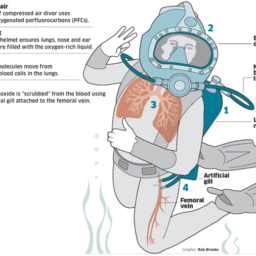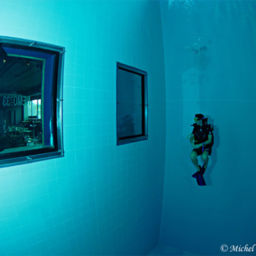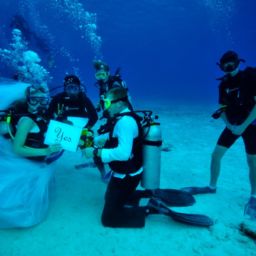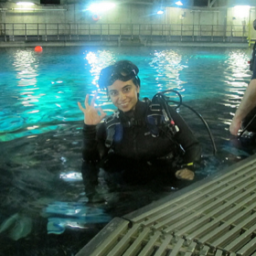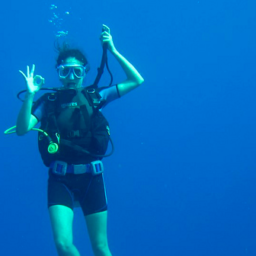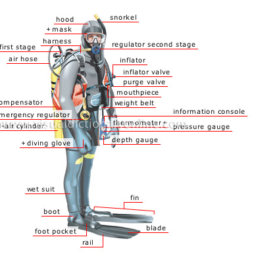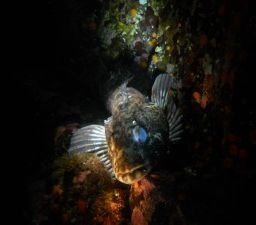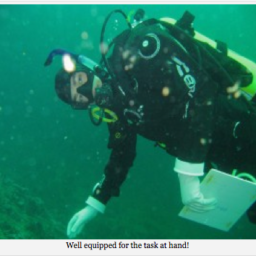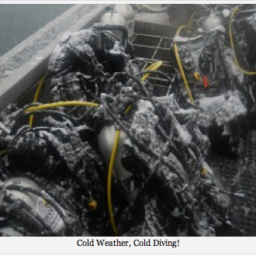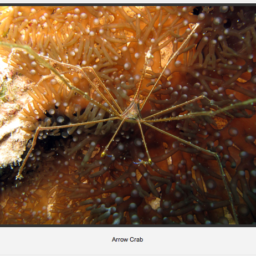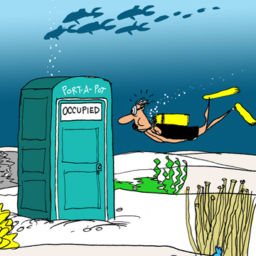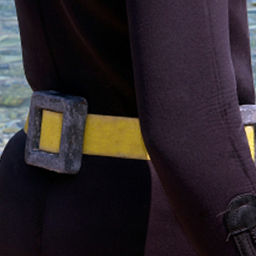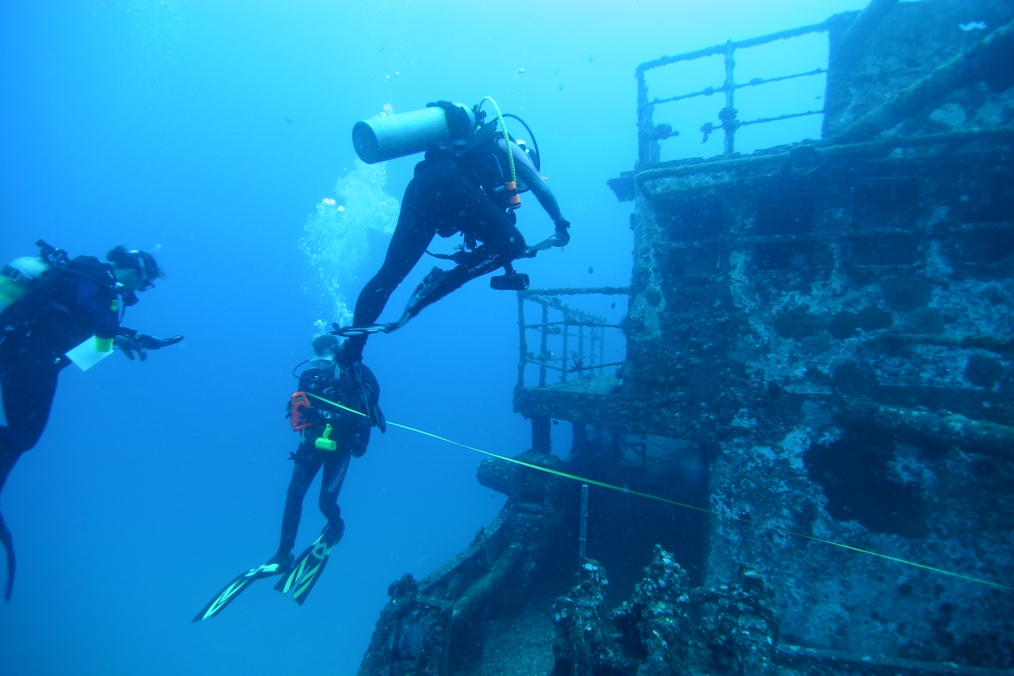
Wreck dives could additionally have reference to diving toward crashed aircraft.
Kinds of Wreck Diving
Wreck dives could be divided into 3 categories:
-The non-penetration dives (swimming over the wreck)
-The limited penetration dives, inside a “light zone”
-The full penetration dives, beyond a “light zone”
Every succeeding level includes a greater risk, thus, will usually need higher levels of equipment, experience and training.
The non-penetration diving will be the less hazardous type of wreck diving, though divers still have to be alert to the entanglement risks of fishing lines and nets that might be snagged to the wreck, as well as the underlying terrain might have a huge risk of sharp edges.
Penetration on the interior of a light zone possesses a lot of hazards because of the bigger proximity and overhead of a wreck’s structure, yet due to the proximity of a visible exit, and a few quantities of exterior light, the hazards will be more manageable. But, there’s a much bigger risk of siltout and entanglement on the interior of a structure, and as the need to move laterally toward the defined exit due to one surfacing in the instance of an emergency.
Full penetration includes the highest risk level, involving the risk of becoming lost inside a structure, the risk of total darkness in the instance of several lighting failures, as well as not being able to escape unassisted within the instance of a disruption of the air supply.
These categories widely coincide with the conventional separation between recreational wreck d iving (a speciality course by a recreational diver training organization that’s usually expressed to be limited to a “light zone” or one-hundred cumulative feet of depth in addition to penetration) as well as technical wreck diving (a course provided by technical diver training organizations).


